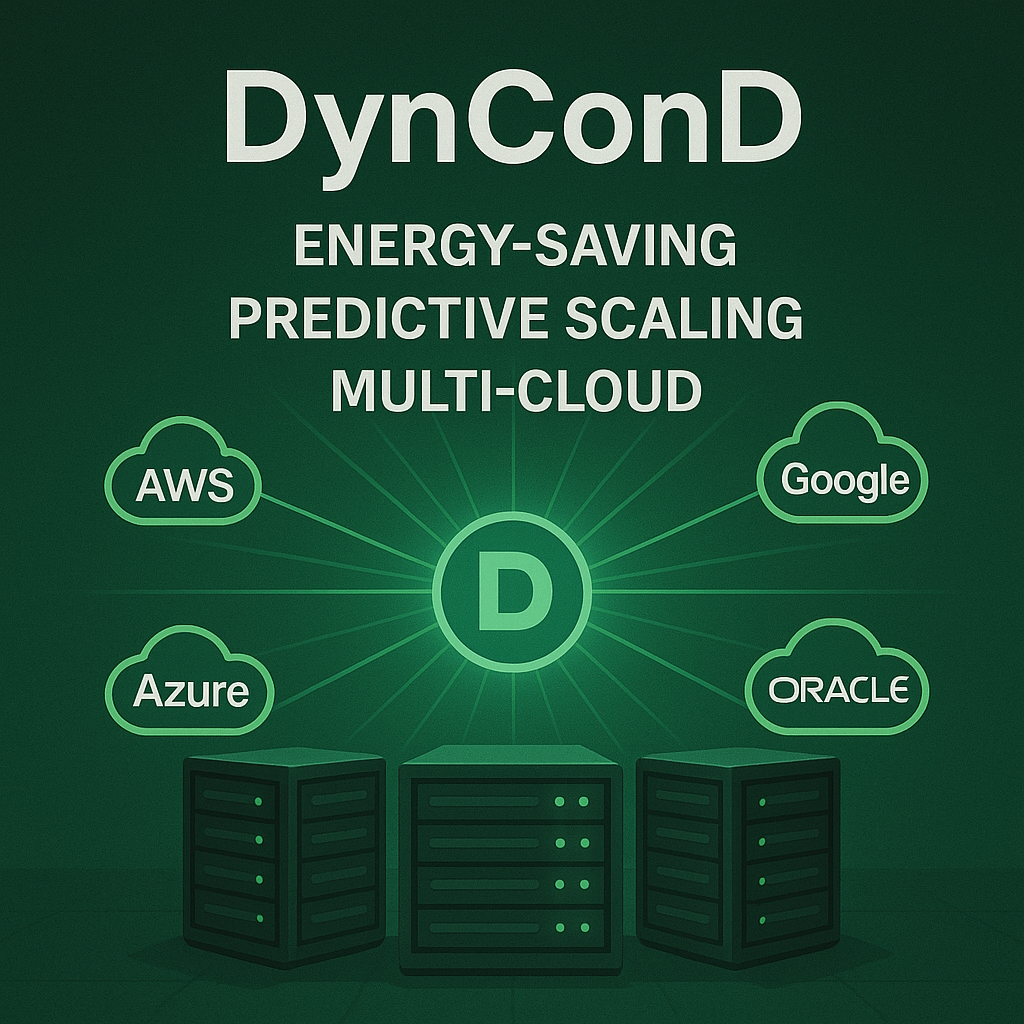AWS Outage 2025: How DynConD’s Client-Side GSLB Keeps Services Running

Content Delivery Networks explained: What they are, how they work, and how to make them better
July 17, 2025The Outage: What Happened
On October 20, 2025, Amazon Web Services (AWS) experienced a large-scale outage centered in its US-EAST-1 (N. Virginia) region. AWS confirmed “increased error rates and latencies for multiple AWS Services in the US-EAST-1 Region,” triggering major disruptions worldwide.
Apps and platforms such as Snapchat, Fortnite, Duolingo, Lloyds Bank, Alexa, and Ring all reported downtime or degraded performance. This continues a worrying pattern — many of AWS’s biggest incidents originate from this same region, which remains a core dependency for thousands of global services.
Why It Matters
The outage underscored a recurring truth: the cloud is powerful, but not infallible. When a region or control-plane fails, even well-architected infrastructures can experience cascading downtime. Businesses that rely on a single region — or even multiple availability zones within one region — often find their redundancy plans insufficient. Beyond the immediate technical impact, such outages lead to lost revenue, broken SLAs, user frustration, and reputational damage.
How DynConD Helps During Outages Like Today’s AWS Event
When a major region such as AWS US-EAST-1 goes down or becomes unstable, most systems suffer because their routing logic is centralized — managed by DNS servers, load balancers, or the affected region’s own control-plane. DynConD’s Client-side Global Server Load Balancer (CS-GSLB) turns this model upside-down.
Instead of relying on a single central decision-maker, each client — every user’s device or app instance — becomes smart enough to select the best available server or data center in real time. DynConD sends the client a list of candidate endpoints via a single DNS lookup, enriched with performance metrics such as latency, health, and server load. The client then measures response times and connects directly to the fastest, healthiest server.
During an outage like today’s, that means users automatically bypass the affected region. If servers in US-EAST-1 are unreachable or degraded, clients instantly connect to replicas in US-WEST-2, EU-NORTH-1, or even across other clouds such as Azure or Google Cloud — no central fail-over mechanism or manual action required. Because DynConD operates client-side, fail-over happens in milliseconds, not minutes, completely avoiding DNS TTL delays or centralized routing bottlenecks.
This distributed decision-making model ensures near-instant recovery, uninterrupted sessions, and a consistent user experience even when a major provider suffers an outage. In short: DynConD turns each user into part of a resilient, adaptive, and multi-cloud-aware network — one that continues to operate smoothly while others go dark.
Building a Smarter, More Resilient Internet
The AWS outage highlights why multi-cloud readiness and intelligent traffic distribution are no longer optional — they’re essential. Businesses can’t afford to tie their uptime to the fate of a single cloud provider or geographic region.
DynConD’s approach — using DNS TXT-based data transmission and client-side logic — creates a new paradigm for global service delivery: one where reliability is baked in from the edge outward. Combined with predictive scaling, automated health feedback, and energy-efficient operation, DynConD enables organizations to maintain uptime, reduce latency, and even lower infrastructure costs.
As the industry seeks to minimize single-point-of-failure risks, client-side load balancing stands out as the next evolution of global traffic management. And with solutions like DynConD, the internet doesn’t have to blink when a data center does.


